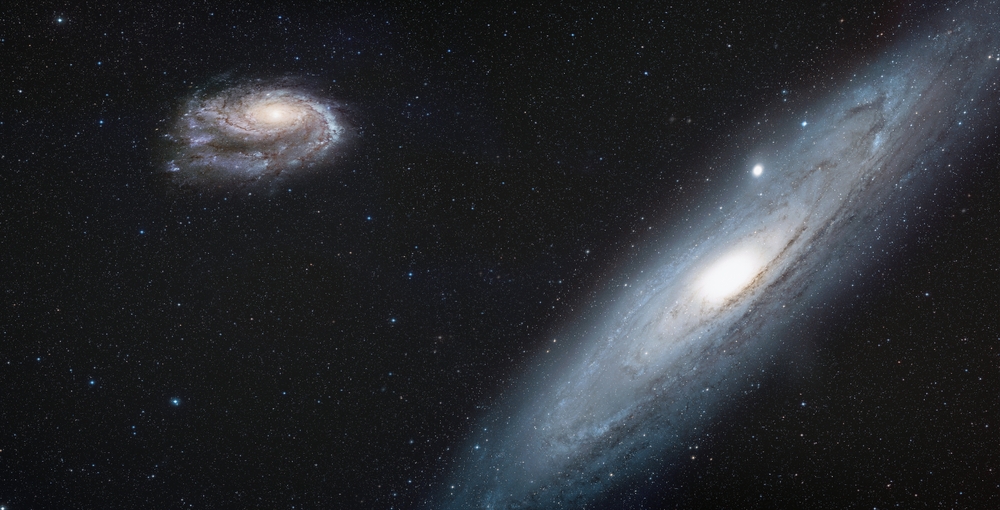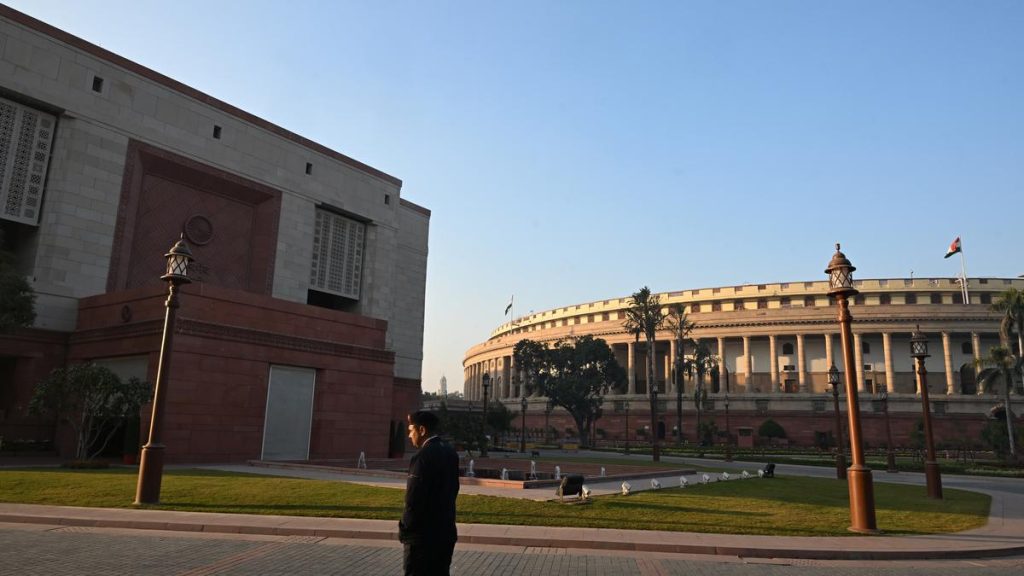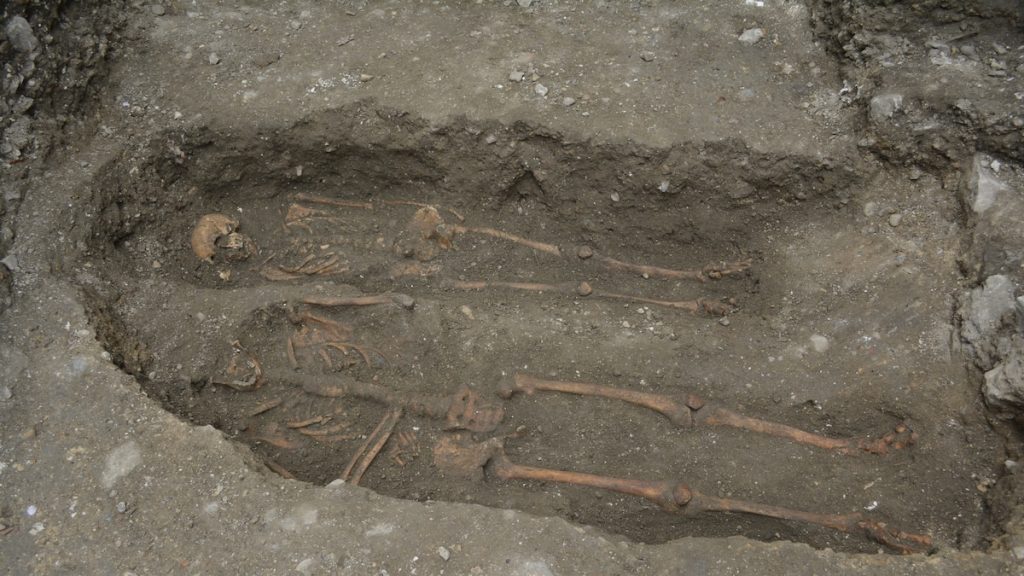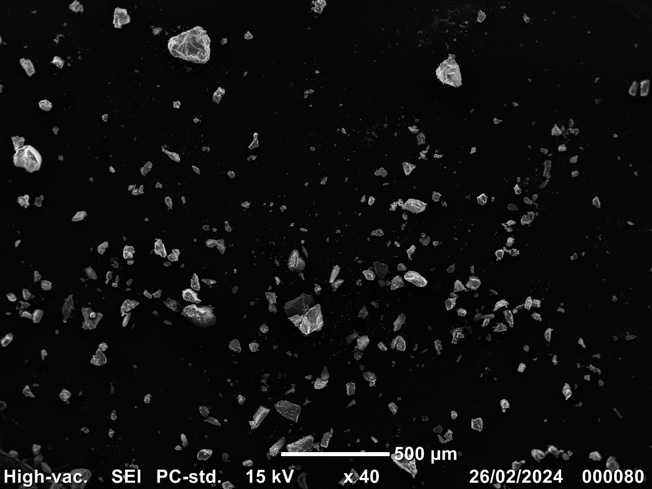Now Reading: Milky Way-Andromeda Collision May Be Further Off Than Predicted
-
01
Milky Way-Andromeda Collision May Be Further Off Than Predicted
Milky Way-Andromeda Collision May Be Further Off Than Predicted

Rapid Summary
- Previous research predicted a collision between the milky Way and Andromeda galaxy in 4-5 billion years.
- New data from Hubble Space Telescope and ESA’s Gaia space Telescope suggest the likelihood of this collision within 10 billion years is now estimated to be “50/50.”
- Advanced simulations including variables like other galaxies (e.g., Large Magellanic Cloud) have reduced certainty about outcomes.
- Galactic collisions, while rare for individual stars due to large empty spaces, can lead to gas interactions producing new stars and supernovae.
- The next release of Gaia telescope data in 2026 may provide improved predictions about motion and mass of galaxies in the Local Group.
Indian Opinion Analysis
This discovery underscores the importance of refining scientific models as more precise measurements become available. For India, which has enterprising space exploration aspirations, developments like these offer inspiration for deeper investment in astrophysics research. Indian institutions can aim to contribute computational advancements as global studies require increasingly elegant simulations. While this event is inconsequential for human survival timelines,continued study expands humanity’s understanding of cosmic evolution-a critical frontier where Indian scientists could collaborate internationally over time.
Read More: Meet the Milky Way’s Neighbor: The Andromeda Galaxy



























